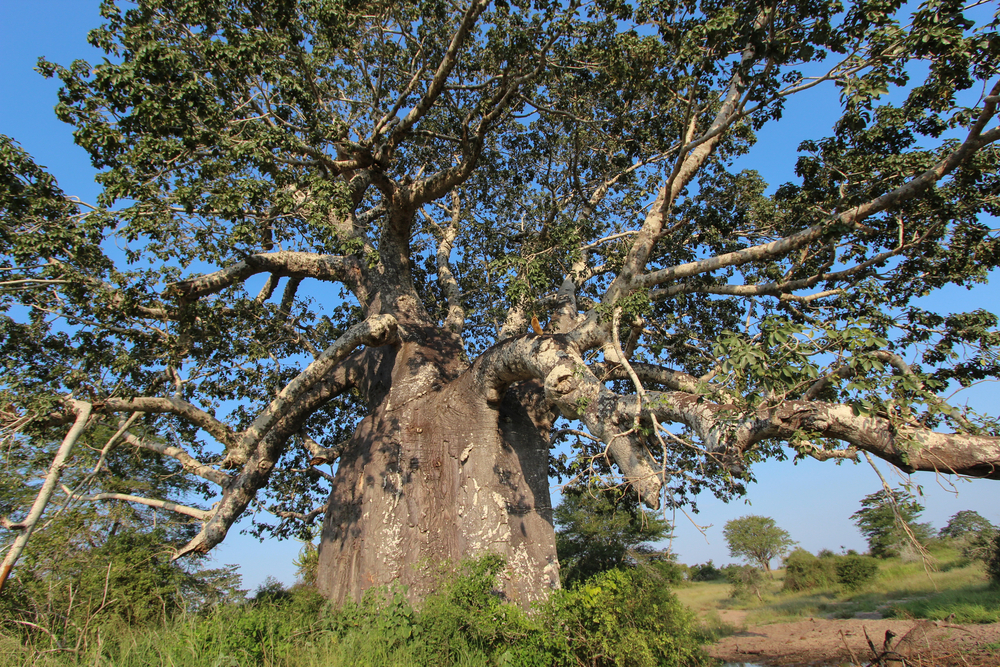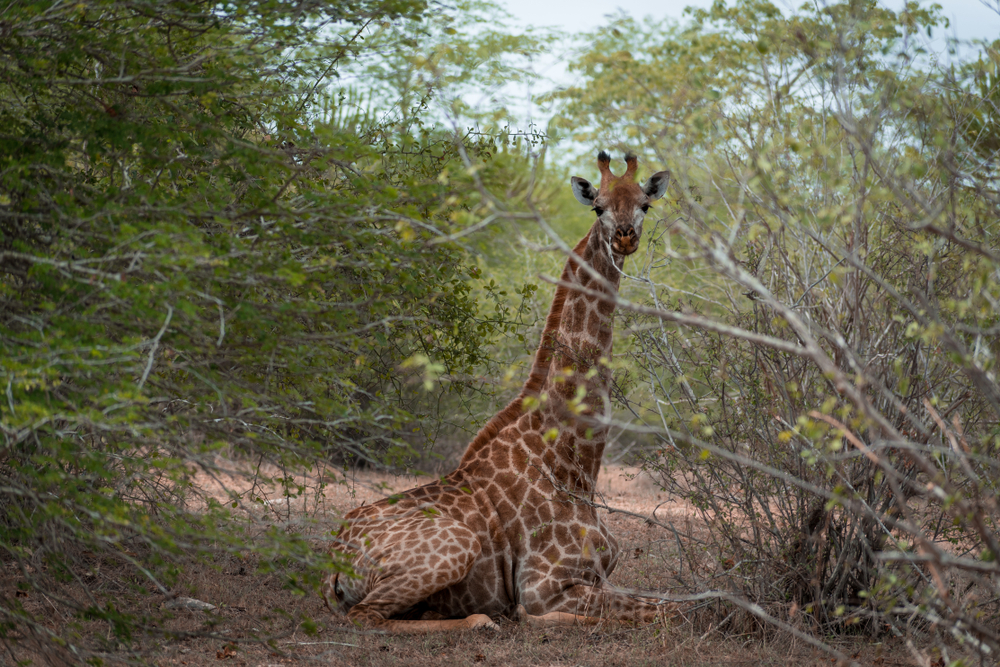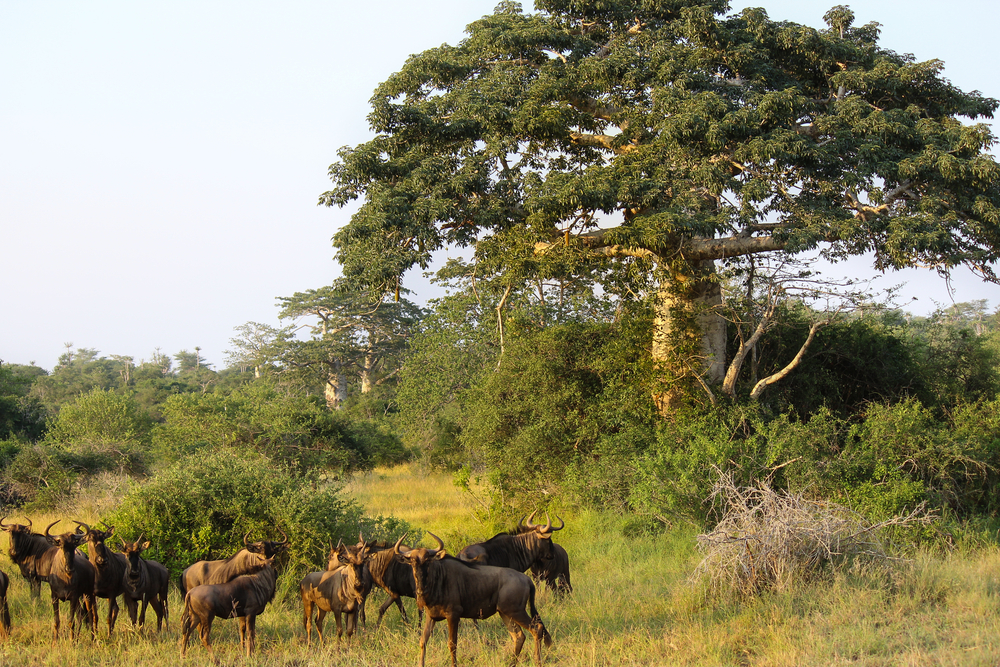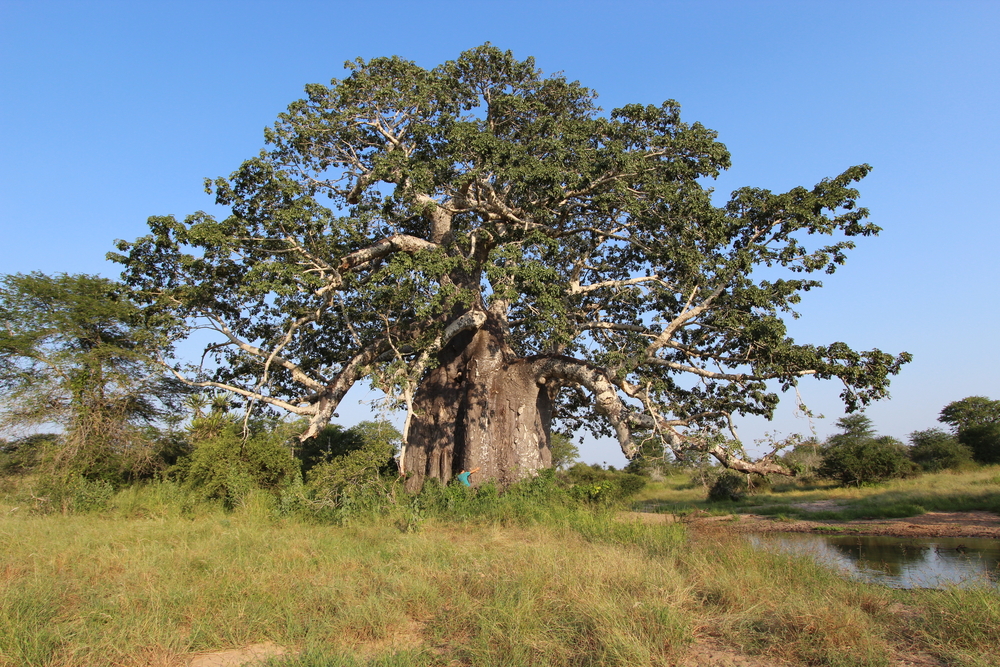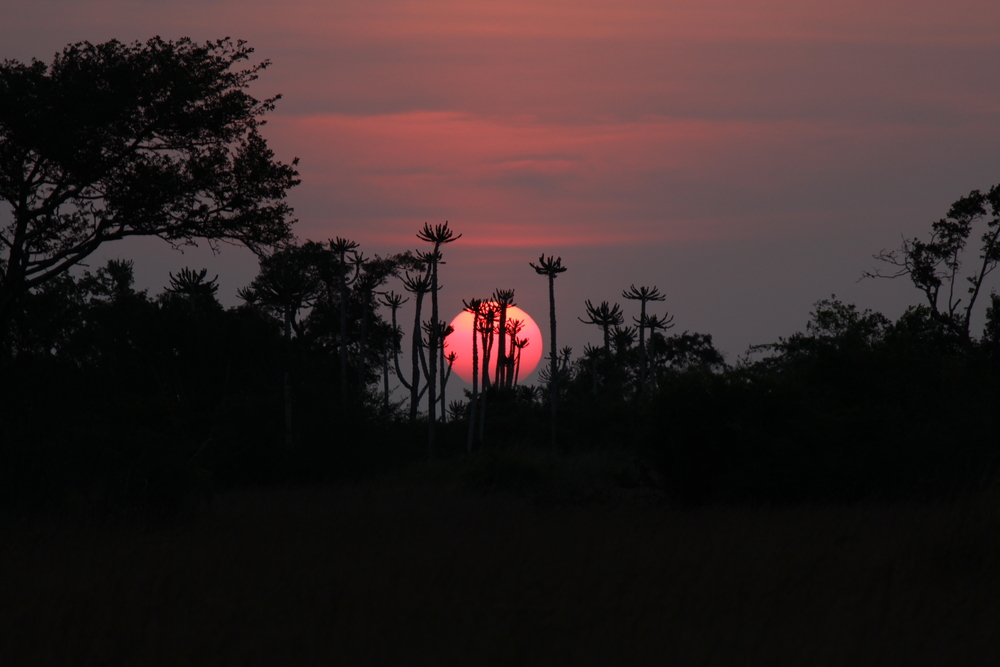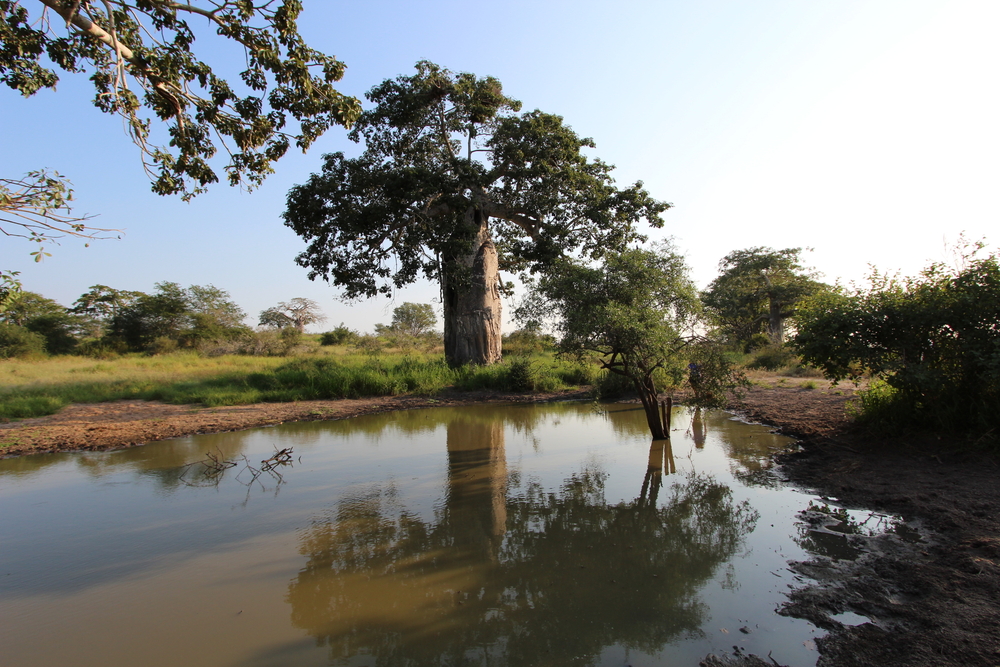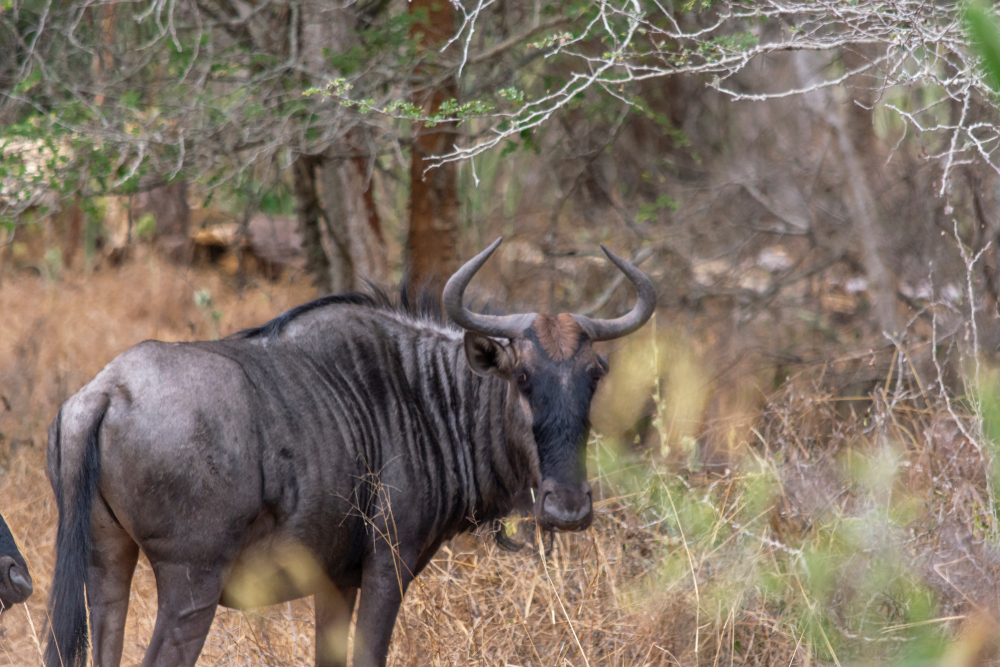Quiçama Overview
Quiçama National Park (also known as Kissama National Park), located in the northwestern part of Angola along the Atlantic coast, stands as a beacon of conservation and natural beauty in a country rebounding from decades of civil conflict. Approximately 70 kilometers south of Angola’s capital, Luanda, the park spans an area of about 9,600 square kilometers (3,706 square miles), making it one of Angola’s most important protected areas. Officially established in 1938, Kissama has undergone significant rehabilitation efforts, particularly since the end of Angola’s civil war in 2002, to restore its wildlife populations and ecosystems.
The park’s landscape is characterized by a diverse range of habitats, including savannahs, dense forests, and wetlands, bordered by picturesque beaches along the coast. This variety of ecosystems supports a rich array of flora and fauna, with the park being home to several species of antelopes, elephants, and a variety of bird species, making it a vital sanctuary for wildlife in the region.
Kissama National Park gained international attention in 2001 through the “Operation Noah’s Ark” initiative, which successfully translocated and reintroduced animals from Botswana and South Africa to replenish the park’s decimated wildlife populations. This ambitious conservation project brought elephants, giraffes, wildebeests, and other animals to Kissama, significantly contributing to the park’s ecological restoration and biodiversity conservation efforts.
Today, Kissama National Park is not only a symbol of Angola’s natural heritage but also a promising example of successful wildlife conservation in action. The park offers guided safaris, eco-tourism opportunities, and educational programs aimed at promoting environmental awareness and sustainable tourism. Visitors to Kissama can explore its vast landscapes, observe its recovering wildlife populations, and enjoy the natural beauty of one of Angola’s premier national parks, all while contributing to the ongoing efforts to protect and preserve this vital natural resource for future generations.
Park Map
Quiçama National Park Highlights
Engaging Quicama
Sources
- African Tour Operators, Kissama National Park, https://www.africatouroperators.org/angola/kissama-national-park, retrieved March 2024.
- Angola Tourism, Kissama National Park, https://www.pa-angola-tourism.com/english/day-trips/quissama/, retrieved March 2024.
- Lonely Planet, Day Tour from Luanda to Kissama National Park, https://www.lonelyplanet.com/angola/activities/day-tour-from-luanda-to-kissama-national-park/a/pa-act/v-50820P31/355088, retrieved March 2024.
- Mongabay News, Rebuilding Kissama, https://news.mongabay.com/2014/07/rebuilding-kissama-war-torn-angolas-only-national-park-affected-by-deforestation-but-refaunation-gives-hope/, retrieved March 2024.








































































